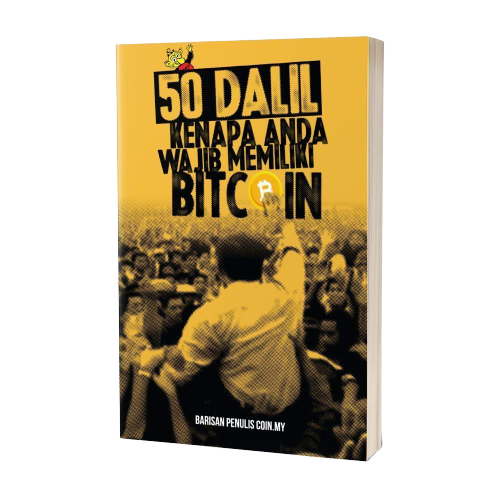We’ve arrived at our next installation of the Ethereum split. Arguably, the most important piece as it will explained in detail how the split of Ethereum (ETH) from Ethereum Classic (ETC) occurred.
1 The Aftermath
The incident obviously caused a plummeting confidence in the cryptocurrency and consequently, the price of Ether fell from USD$20 to USD$13. However, all was not lost. As mentioned above, the split function had another side effect and this means that the funds still sitting in the Child DAO would not be accessible for 28 days. So, the community had a bit of hope and a few options to choose from.
1. Do nothing
Understandably, this is the option least favoured. The community is very much unwilling to let the situation go. Although some people did argue that making changes will go against the very nature and underlying philosophy of Ethereum itself.
2. Soft fork
Soft fork means a change to a software protocol where only previously valid block/transactions are made invalid. Since old nodes will recognize the new blocks as valid, a soft fork is backward-compatible.
An example: You have a copy of MS Word 2013 running on your laptop and you want to open a document written in MS Word 2015. You would still be able to, because MS Word 2015 is built to be backward-compatible. However, all the updates you can enjoy in the newer version won’t be available in the older one. Suppose there is a feature that allow you to put GIFs in the document in the 2015 version, you won’t see those GIFs in the 2013 version. You’d only see the text, but not the GIFs.
So that was what the majority of Ethereum community voted for. It would be the choice of the user to update or not, and the updated users and non-updated users would still be able to interact with each other. The idea was to segregate and ignore any blocks that contain transactions that could help the hacker withdraw the diverted ethers.
Vulnerable to DOS attack
However, with the proposal came a slight complication. Implementation of a soft fork would open up the network to “Denial of Service” (DOS) attack. A DOS attack is a cyber-attack where the perpetrator seeks to make a machine or network resource unavailable to its intended users by temporarily or indefinitely disrupting services of a host connected to the Internet.
The moment the soft fork gets implemented, the attacker can potentially find a run around the system. Now the attacker can flood the network with transactions which interact with the DAO and make the miners do endless complex computations for little to no Gas price and at no monetary expense to the attacker. In fact, the attacker can even trick the miners into solving malicious computations by setting a high Gas price.
Obviously, the community didn’t like the odds. So they were left with the third and final option.
3. Hard Fork
Now hard fork is a more radical change in the protocol that makes it not backward-compatible. Once the change is made, there is no going back whatsoever. If you’re not one of the upgraded users, you will not have access nor interact with other users in the new system at all.
In Ethereum, a branch is separated from the main block at a particular point in time (in this case, before the DAO attack). Up until that point (block 1,920,000) the chain remains the same, but immediately after the hard fork, the chain split into two. And the new chain was named Ethereum or ETH, for short.
In our next post, we will delve deeper into ETH and ETC.





